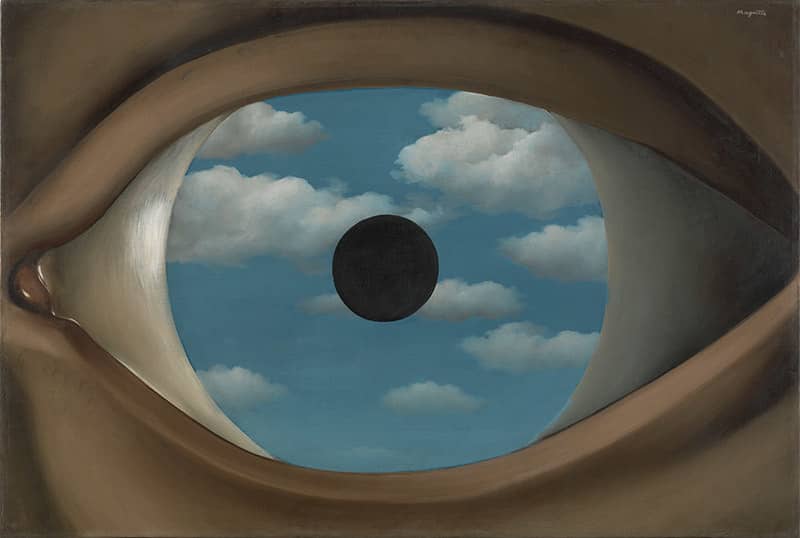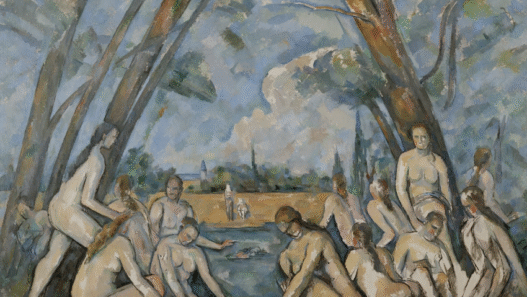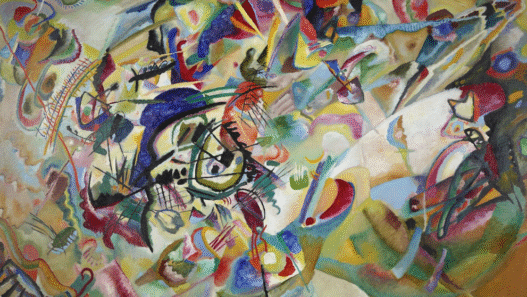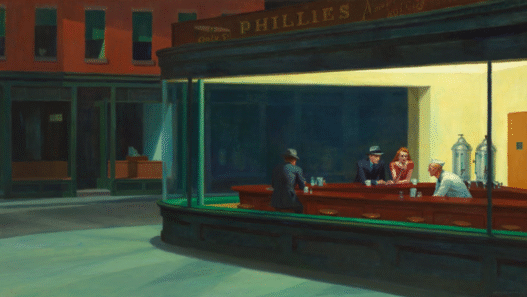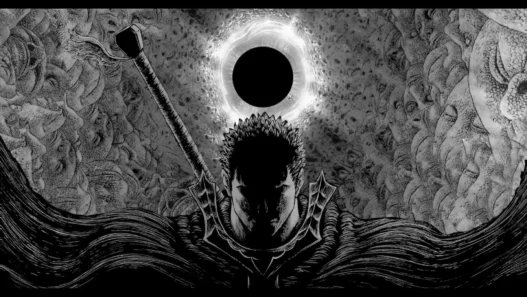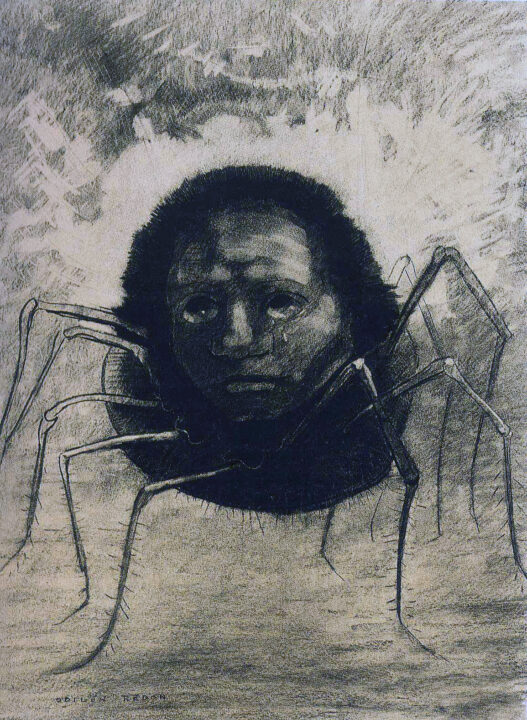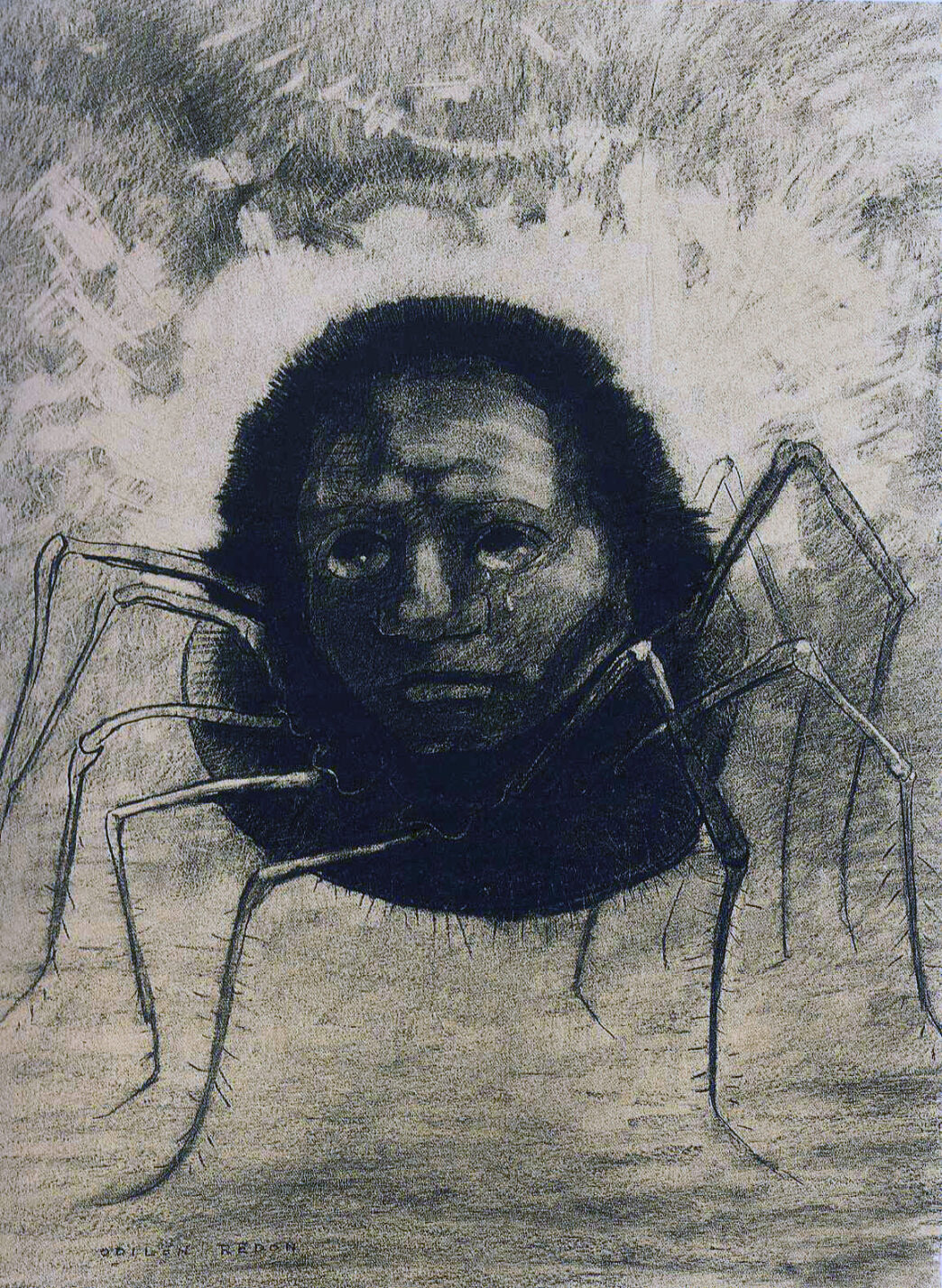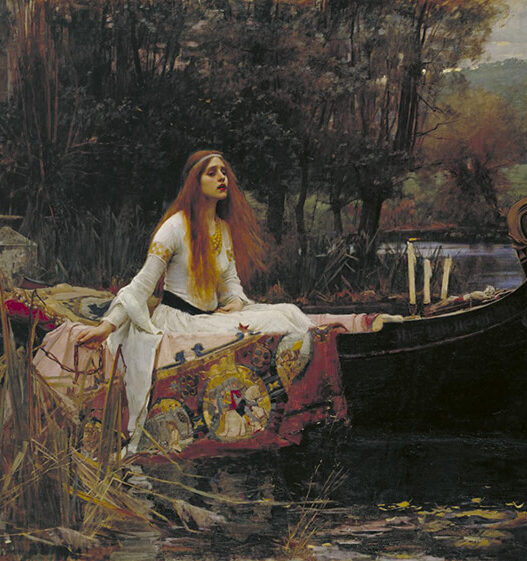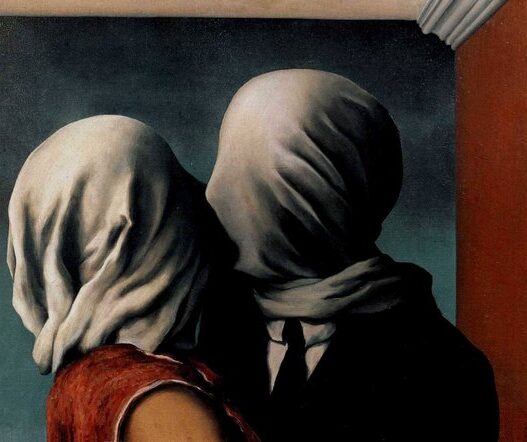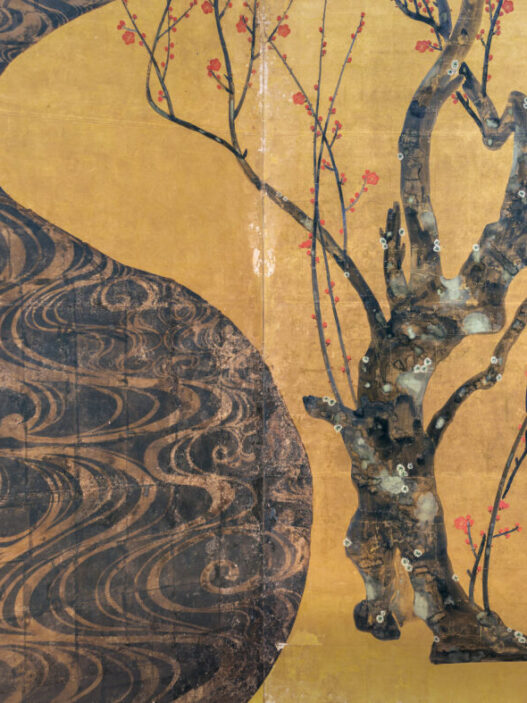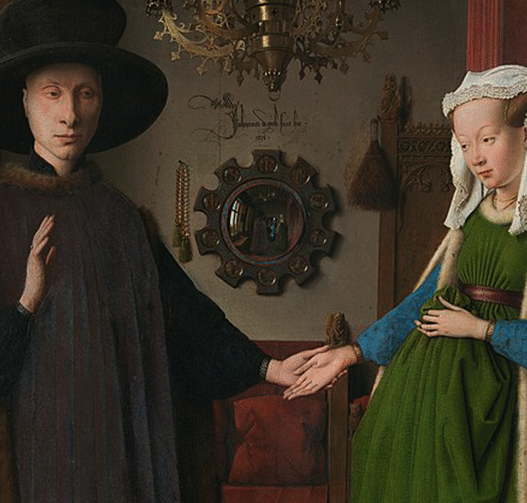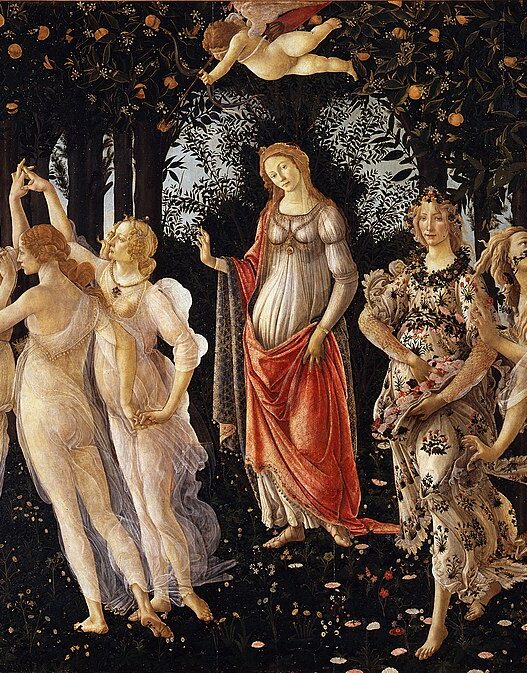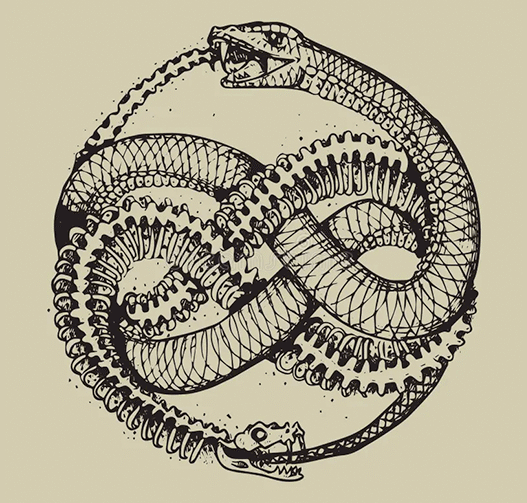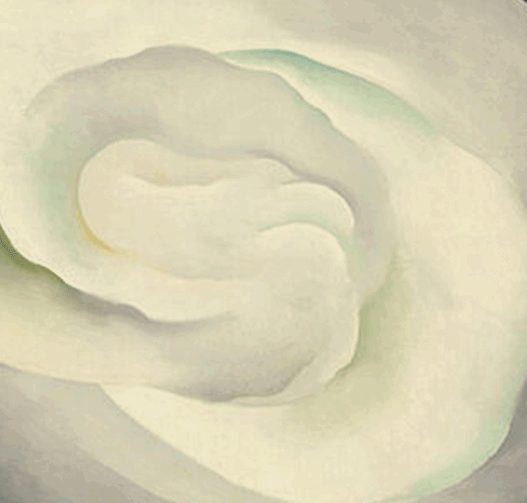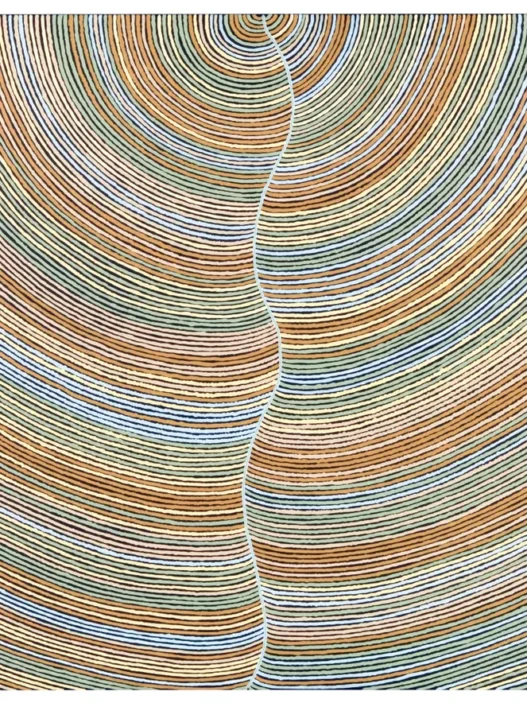Few artworks capture loneliness and existential melancholy quite as tenderly as Odilon Redon’s The Crying Spider.
Looking at this drawing, you get a real sense of how detached the subconscious can be from reality, creating a world that feels both familiar and entirely foreign.
First created around 1881, this charcoal drawing is one of Redon’s haunting noirs, a series of black-and-white works that explore the murky intersection of dream and reality.
Dreams, myths and psychology
To understand The Crying Spider, it helps to first understand the Symbolist art movement. Emerging in the late 19th century, Symbolism rejected realism and naturalism, favouring inner emotions, dreams, myths, and psychological states. Artists like Redon weren’t interested in painting what they could see, they wanted to make visible what is invisible.
When breaking down different elements of this drawing, it’s important to get a feel for what Redon’s life and personal experiences were like, as they deeply shaped the dreamlike, often unsettling worlds he created on paper.
He was deliberately moving away from traditional academic painting to something more internal, poetic, and psychological.
In the early 1880s, Redon was still relatively unknown but gaining confidence in his voice as an artist.
The crying spider is seen as a projection of suppressed human emotion or the subconscious. When we look deeply at the significance of the spider personified in our subconscious, a mirror of our hidden anxieties, tangled emotions, and unspoken desires.
Another thing we can explore is how the spider’s body with a human head (possibly a child’s) invites sympathy and a quiet sense of connection with the creature’s sorrow.
There’s an uncanny sense of perspective, as if the spider is emerging from a shadowed cave, or perhaps we’re gazing at the creature’s underbelly, where fine strands of hair catch the light.
Its expression is turned upward rather than meeting the viewer’s gaze, suggesting a quiet withdrawal, as though lost in its own sorrow.
The rough, gritty texture of the charcoal intensifies the moody atmosphere, wrapping the entire scene in a feeling of unease and emotional weight.
